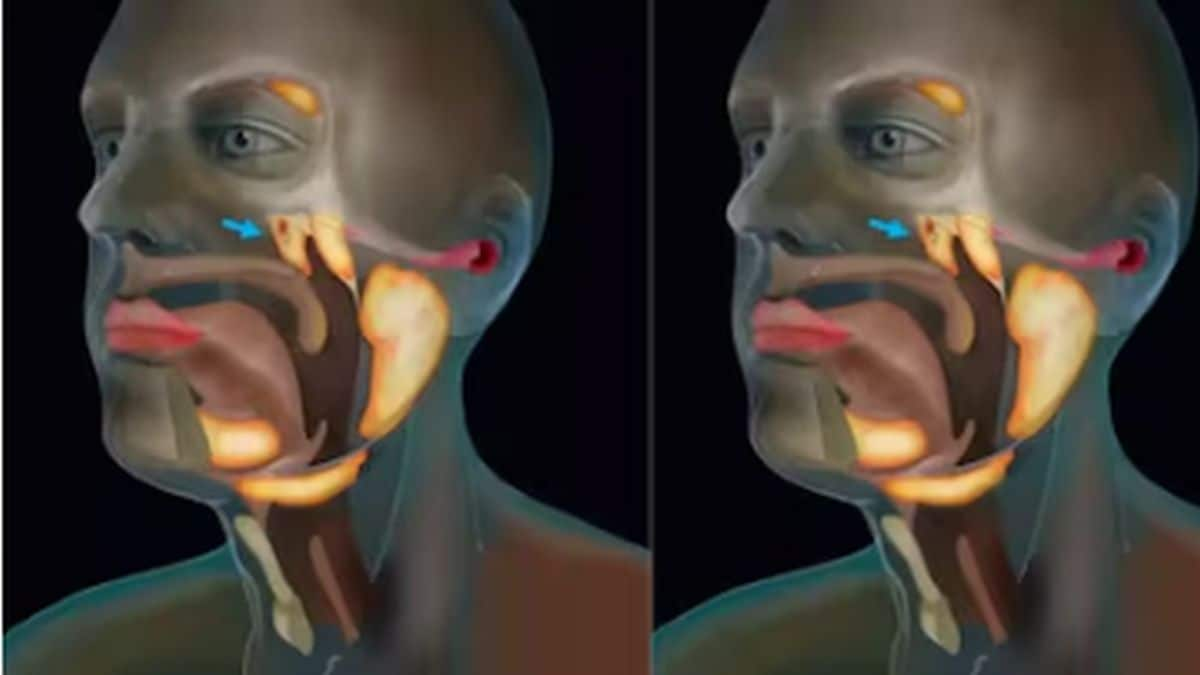When you’re a woman of reproductive age experiencing heavy or painful periods, back pain and frequent urination, it’s natural to imagine or worry that you may have an issue like polycystic ovary syndrome (PCOS) or endometriosis. This is partly because these women’s health issues are more well known but mostly because there’s a rampant lack of awareness about uterine fibroids, their symptoms, effects and treatment. A less known disease most women may have Uterine fibroids, also known as leiomyomas, are non-cancerous or benign tumours in or around the womb or uterus and are made of muscle or fibrous tissues. Fibroids can grow as a single tumour or a cluster of small tumours called seedlings and can range in size from 1mm to more than 20cm. In fact, a very large fibroid can even make a woman look pregnant. According to the Cleveland Clinic, fibroids are actually pretty common. Around 40-80 percent of women of reproductive age are likely to have them. But very small fibroids often don’t cause any symptoms and are left undiagnosed. Fibroids also grow or shrink in size over time, which is another reason why many don’t even realise they have them. When fibroids grow large, they’re likely to cause a number of symptoms which can affect a woman’s quality of life. A 2017 study published in the Journal of Mid-Life Health indicates that symptomatic fibroids can affect a woman’s ability to get pregnant and to carry the baby to term, which is why the treatment for fibroids is tailored by gynaecologists keeping their reproductive health and desires in mind. Why do fibroids develop? So far, science has been unable to pinpoint the exact causes of fibroids. A study published in the International Journal of Women’s Health in 2014 suggests that an early age of menarche (the onset of menstruation at an early age), high alcohol or caffeine intake, frequent uterine infections, hormonal dysfunction, metabolic disorders, improper diet, obesity or being overweight, high levels of stress and environmental factors may be responsible for the development of fibroids. Genetic or ethnic links are also attributed to fibroids but, as mentioned before, the precise reasons behind their development are yet unknown. Symptoms of fibroids Many women who have fibroids never experience any symptoms. Those who do may feel confused about the exact problem that ails them as the symptoms of fibroids are similar to those of other reproductive health issues. A pelvic ultrasound is the only way to confirm if a woman has fibroids and doctors may recommend an MRI to reconfirm this diagnosis if they have any doubts. The following are some of the main symptoms of fibroids:
- Heavy flow (with or without clots) and/or excessive pain during menstruation
- Bleeding between periods
- Lower back pain
- Pain during sex
- Frequent urination due to fibroids putting pressure on the bladder
- Fullness, bloating or enlargement of the lower abdomen
- Constipation
- Chronic vaginal discharge
Risk factors for fibroids
Even though their exact cause is not known, there are a few risk factors associated with the development of fibroids:
- Overweight or obesity
- A family history of fibroids
- Early-onset menstruation
- Late age of menopause
- Not having children
Treatment for fibroids
The treatment for fibroids depends on their size, number and location. Small fibroids may not have any symptoms and may not require any treatment. Usually, fibroids shrink and disappear after menopause, so waiting it out may be recommended by your doctor if the fibroids aren’t too big. All you may be required to do in such cases is monitor them regularly through ultrasounds. If you have symptoms or large fibroids, then your treatment may depend upon the severity of symptoms, your desire to have a baby and your desire to preserve your uterus. Your doctor may recommend the following treatments after taking these factors into account:
- Over-the-counter pain medications may help manage discomfort or pain during menstruation.
- Oral contraceptives, contraceptive injections and intrauterine devices can help manage hormone levels and the symptoms associated with fibroids.
- Maintaining a healthy diet and ensuring you take iron and vitamin supplements may be advised.
- Weight loss and a regular exercise routine is necessary.
- Gonadotropin-releasing hormone (GnRH) agonists are medications injected or administered through nasal sprays to shrink the fibroids. This is used as a preoperative procedure.
- If the fibroids are too big, a surgery to remove them or a complete hysterectomy may be discussed with you.
For more information, read our article on Uterine fibroids. Health articles in Firstpost are written by myUpchar.com, India’s first and biggest resource for verified medical information. At myUpchar, researchers and journalists work with doctors to bring you information on all things health.


)

)
)
)
)
)
)
)
)



